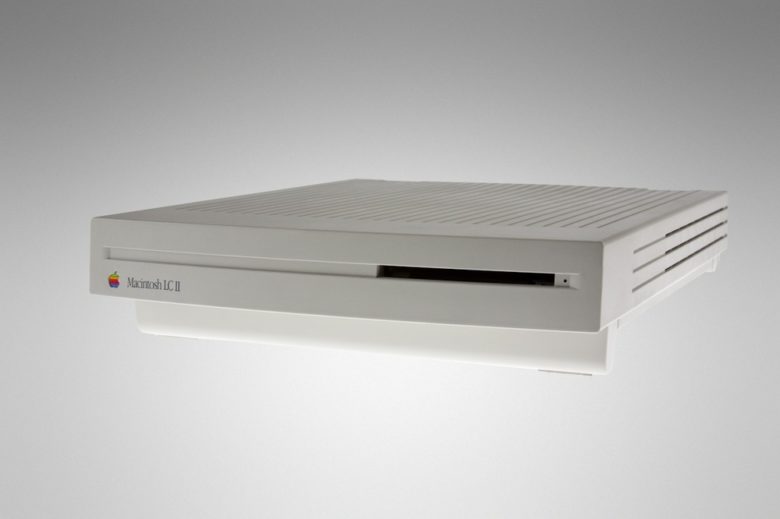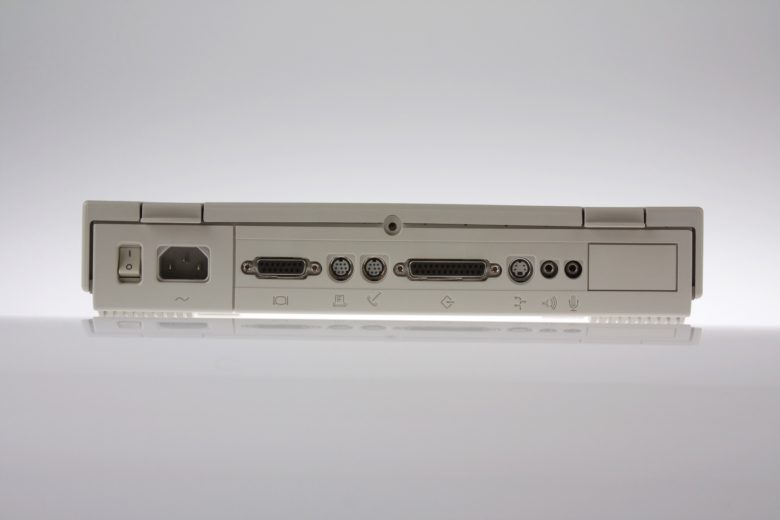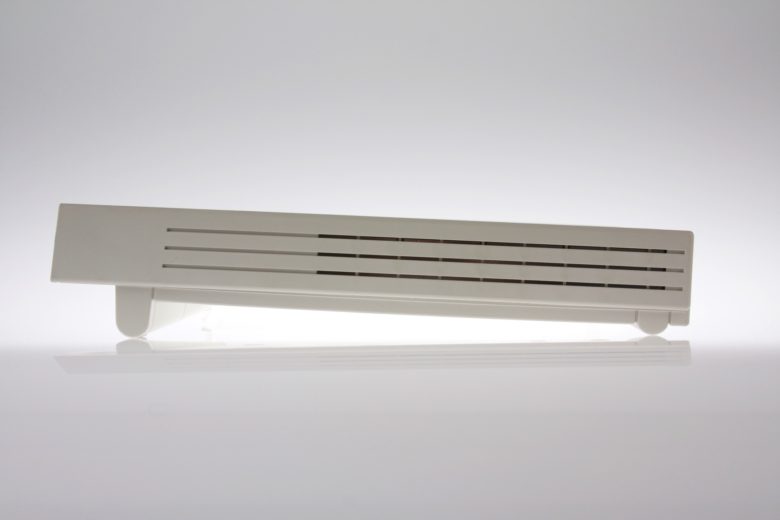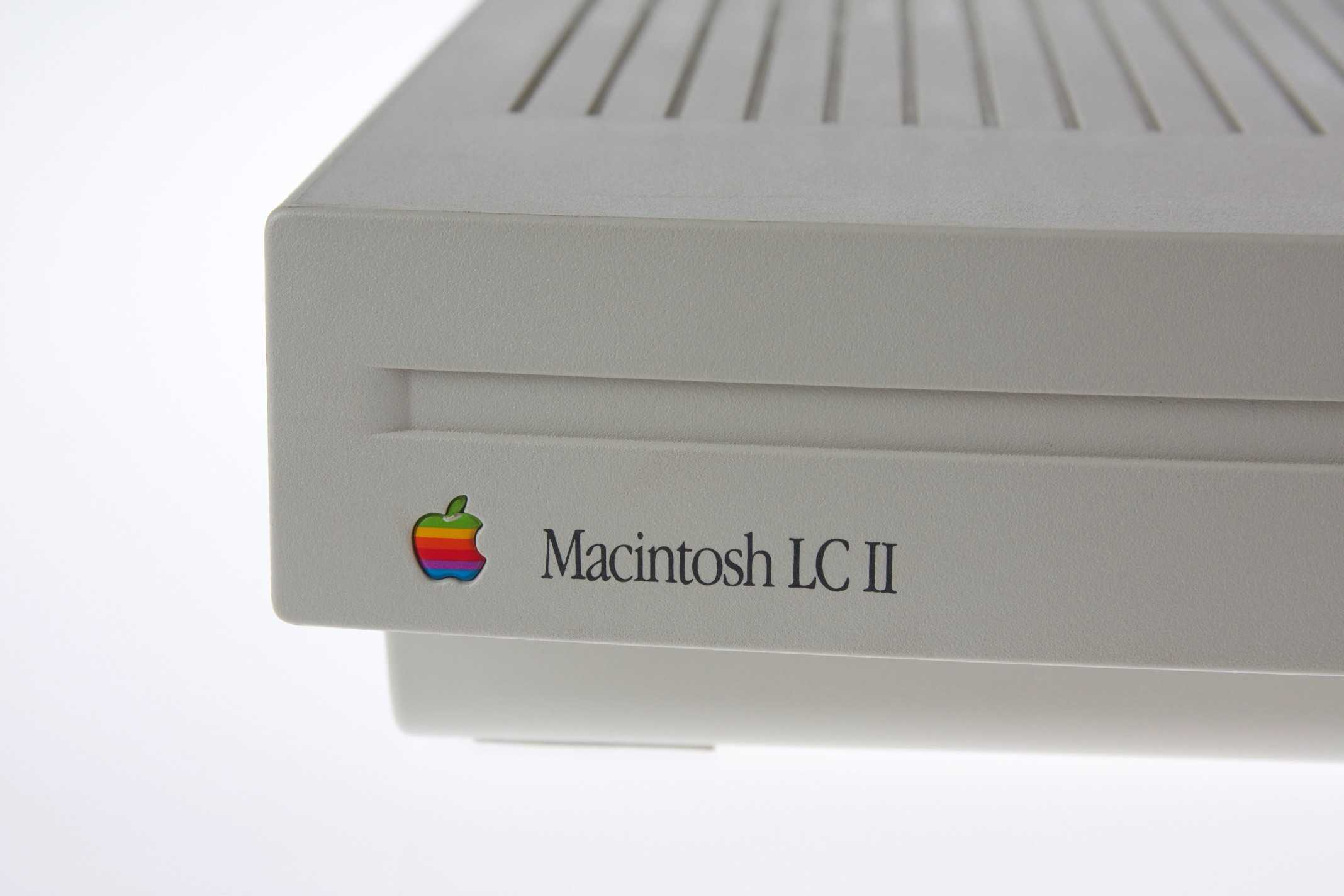 March 23, 1992: The “headless” Macintosh LC II arrives, wooing value-oriented customers with a beguiling mix of updated internals and budget pricing.
March 23, 1992: The “headless” Macintosh LC II arrives, wooing value-oriented customers with a beguiling mix of updated internals and budget pricing.
Designed to take up minimal space underneath a monitor (sold separately), the Mac LC II is destined to become a hit. In retrospect, the entry-level machine is roughly analogous to today’s Mac mini.
This post contains affiliate links. Cult of Mac may earn a commission when you use our links to buy items.
Macintosh LC II: A budget Mac
The Mac LC II wasn’t Apple’s first “pizza box” computer to come without a monitor. It looked much like its predecessor, the first-gen Mac LC (for “Low Cost”), which Apple released in October 1990 (and discontinued the same day the LC II came on the scene).
The original LC was a heavily crippled computer that used the old Motorola 68020 chip that Apple retired with the Mac II. However, the LC sold 500,000 units within its first year, which made it a massive success.
A sequel to the Mac LC

Photo: Jonathan Zufi
The LC II served as a worthy sequel. It didn’t change much in terms of the formula, which was clearly working. But it packed more power — and came with a lower price tag. At a time when Macs were, adjusted for inflation, a lot more expensive than today, the LC II cost just $1,699 for a base model with 4MB of RAM and a 40MB hard drive. Still, that’s $3,779 in 2024 dollars.
This was $800 cheaper than its predecessor, although with both models you had to shell out extra for a monitor. (A more-expensive version with an 80MB hard drive ran $1,849.)
Mac LC II and System 7

Photo: Jonathan Zufi
Instead of the 16-MHz 68020 CPU of the original, the LC II boasted a Motorola 68030 CPU. This provided an on-board memory management unit, 256K data cache and 32-bit data path.
The low-cost machine (relatively speaking) let users tap into the virtual memory of Mac’s System 7 operating system. Apple considered that a big advantage at the time — and an important selling point.
Despite these improvements, many speed tests found that the LC II ran a bit slower than its predecessor.
Another ‘headless’ hit for Apple
Still, the computer won reviewers’ recommendations. The LC II wasn’t a computer you’d buy if you were looking for a top-of-the-range Macintosh with every feature under the sun. Instead, it offered budget-conscious customers an improved, entry-level machine that was more affordable.
If you went to school in the early 1990s, and used a Mac in your classroom, this could well have been it.
Do you remember the Macintosh LC II? Leave your comments below.
The photos of the Macintosh LC II were provided by Jonathan Zufi. His book, Iconic: A Photographic Tribute to Apple Innovation, is available on Amazon.

Photo: Jonathan Zufi



